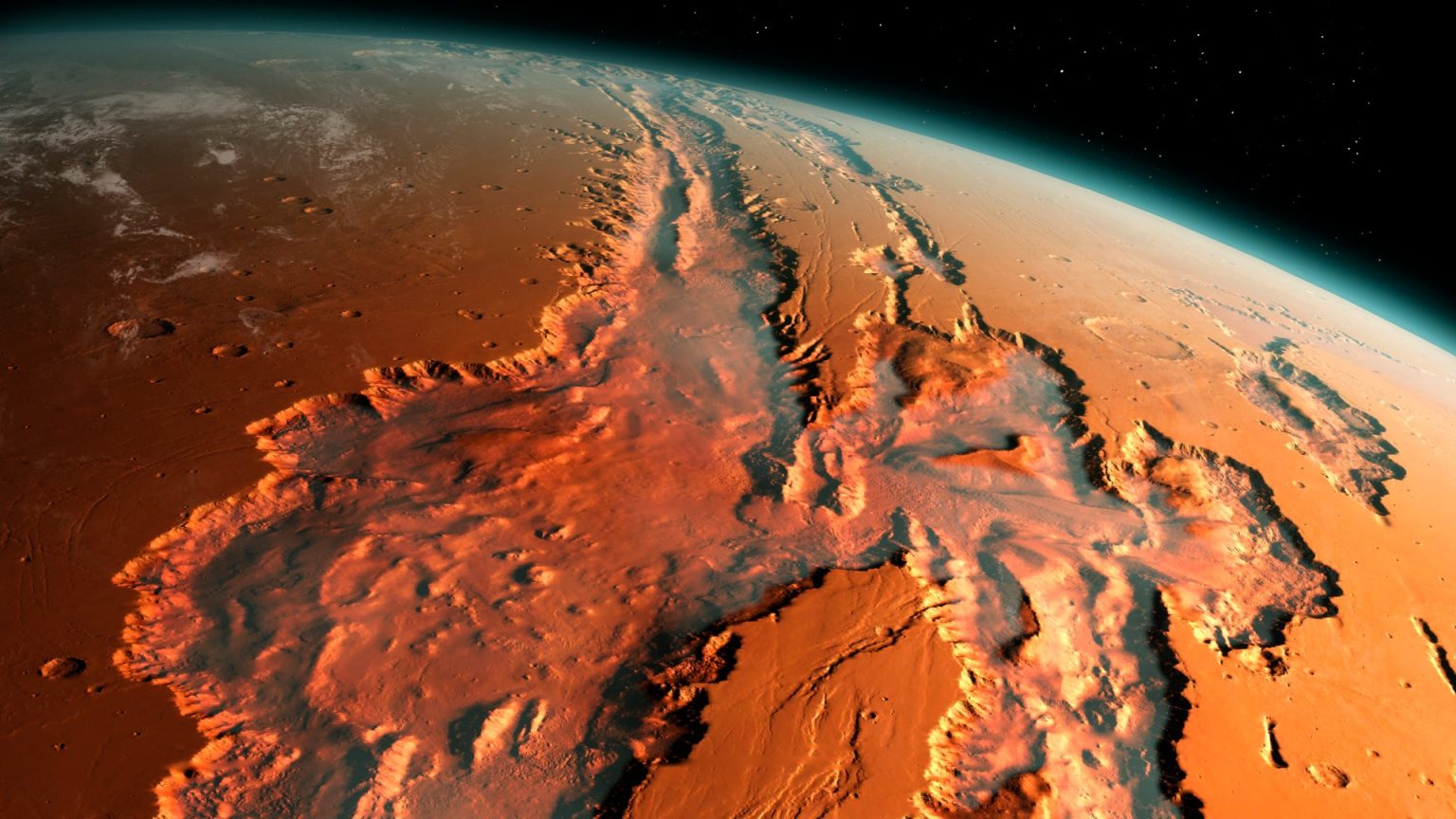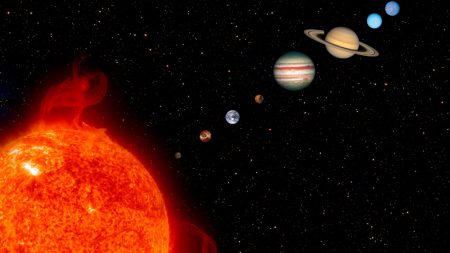MARS, once a tropical Hello Island paradise, is now recognized as a small planet formed about 4.5 billion years ago. Previously thought to be a desert, area_Mars, the company-known Red Planet, reveals a much more complex geology driven by wind, waves, and evidence of a rejuvenated ocean. The study, “Theistory of Mars: A Rover’s Perspective,” by Benjamin Cardenas from Pennsylvania State University, co-author, revealed that the North Pole was indeed home to a large ocean质量 ocean, which organic materials structures including sand-like textures and unique rock features.
The Chinese rover, named}_RSV_ ( designated}_Zhurong_), landed on the Red Planet in 2021 and operated for a year, diving 80 meters into the planet’s crust. Its探测器 scans subterranean structures, providing insights into the planet’s geology. Currently,}_Zhurong_ revealed evidence for beaches_drainroids, sand-like textures, and layers of sand deposits sloping downward at around 15 degrees. These features resemble those found near Earth’s surfaces, suggesting that Mars featured liquid water oceans for tens of millions of years before eventually being covered in wetlands.
The discoveries from}_Zhurong_ underscore the idea that Mars once had a warm and transitional climate, with temperatures average of -65°C. The researchers concluded that the oceans were so large and held together by wind and waves that they were soaking up all the planet’s atmosphere. By analyzing the subterranean rocks and detecting sediment carried by rivers, the team proposed that rivers hooked the higher terrain to the ocean, forming what they hypothesized was a lifespan-high-window for life.
This study underscores the significance of}_Zhurong_ and similar efforts in gaining a deeper and more authentic understanding of Mars’ history and geology. The findings also hint at the possibility of extraterrestrial life, as the planet’s unique features left behind, perhaps, silent hills or craters influenced by its distant asteroid field.











